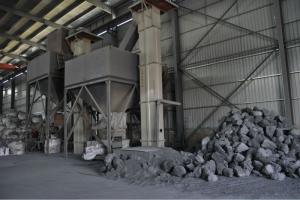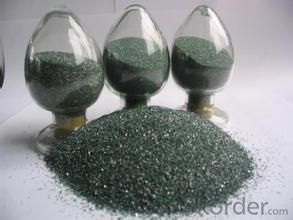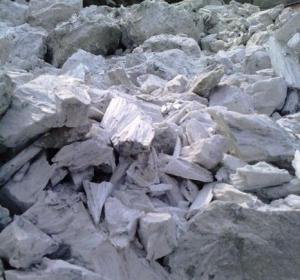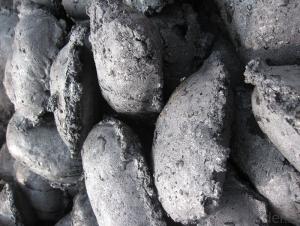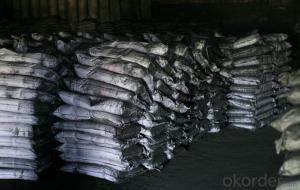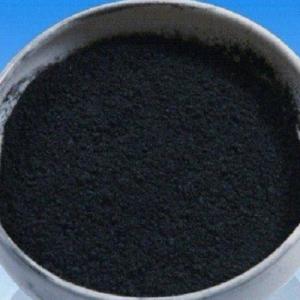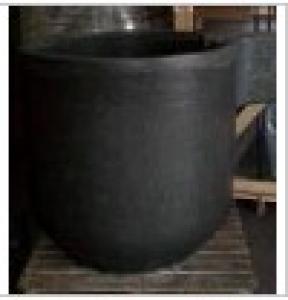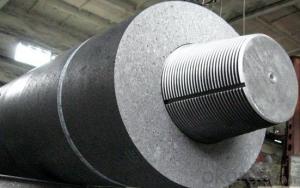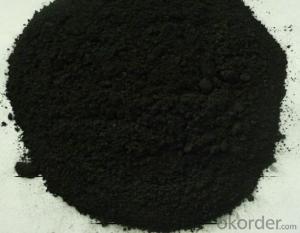Artifical Graphite for cast industry foundry and steel plant
- Loading Port:
- Qingdao
- Payment Terms:
- TT OR LC
- Min Order Qty:
- 10 m.t
- Supply Capability:
- 500000 m.t/month
OKorder Service Pledge
OKorder Financial Service
You Might Also Like
Specifications:
F.C: 99%-95%min S:0.03%-0.5max
Size: 0-0.2mm,0-1mm,0.5-5mm,0.2-0.5mm,0.5-1mm,1-5mm,5-10mm.
- Description & Application:
The artificial graphite powder is shaped in grain, micro granular, mainly uses in the additive for smelting steel or carburetant as well as astronautics, and so on chemical industry.
- Technical Specification:
Item No. | Fix Carbon | Sulphur | Ash | V.M(Max) | Moisture | Size (90%) |
AGP-1 | 99% | 0.03% | 0.50% | 0.50% | 0.50% | 0.5-5mm, 1-5mm |
AGP-2 | 98.5% | 0.05% | 0.80% | 0.70% | 0.50% | 0.5-5mm, 1-5mm |
AGP-3 | 98% | 0.05% | 1.0% | 1.0% | 0.50% | 0-0.2mm, 0-1mm, 0.2-0.5mm, 0.5-1mm |
AGP-4 | 98.5% | 0.35% | 0.50% | 0.50% | 0.50% | 0.5-5mm, 1-5mm |
AGP-5 | 98.5% | 0.50% | 0.80% | 0.80% | 0.50% | 0.5-5mm, 1-5mm |
AGP-6 | 97% | 0.30% | 1.50% | 1.50% | 0.50% | 0-0.2mm, 0-1mm, 0.2-0.5mm, 0.5-1mm |
AGP-7 | 95.0% | 0.50% | 4.00% | 1.00% | 0.50% | 1-5mm |
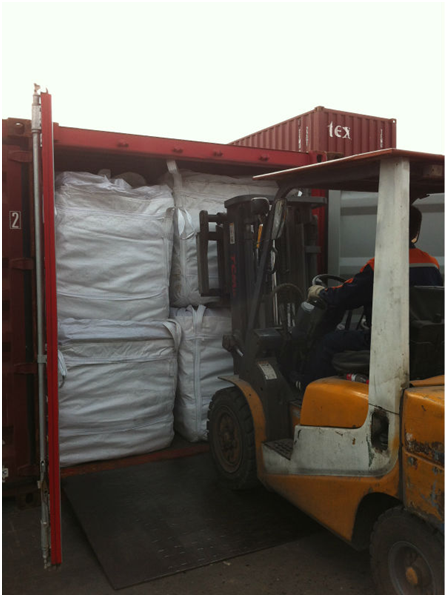
- Q: In Japanese, what's the difference between adding "carbon" and "sauce" after the name?
- Japanese in the name behind the general "San" (similar to the Chinese pronunciation: Mulberry) respect.This "carbon" was originally a child to say the "San" (sang) the time because the enunciation is not very clear, so it is easy to say "carbon".
- Q: What is the effect of carbon equivalent on welding?
- Carbon equivalent is the conversion of various alloying elements in steel to carbon content! Carbon and alloying elements in steel have different effects on weldability of steel. Carbon has the greatest impact, and other alloy elements can be converted into carbon to estimate the weldability of the welded material. The converted sum is called the carbon equivalent! In Li Guang is used in carbon steel Q235, so if you just want to know welding business, ha ha, can put the carbon steel as the approximation of the carbon equivalent, carbon equivalent higher welding performance worse!
- Q: How is carbon used in the production of solar cells?
- Carbon is not typically used in the production of solar cells as a primary material. However, carbon-based materials such as carbon nanotubes or graphene may be used as conductive additives or in electrode materials to enhance the efficiency and performance of solar cells.
- Q: What is the structure of a diamond, a form of carbon?
- A diamond, which is a form of carbon, has a crystal lattice structure. In this arrangement, each carbon atom is covalently bonded to four other carbon atoms, forming a tetrahedral arrangement. This creates a repeating pattern and a three-dimensional network of carbon atoms. The bonds between the carbon atoms are incredibly strong, which is why diamonds are so hard and durable. The carbon atoms in a diamond are arranged in a cubic crystal system, specifically the face-centered cubic (FCC) structure. In this system, each carbon atom is surrounded by eight neighboring carbon atoms, resulting in a dense and tightly packed structure. The strong covalent bonds and compact arrangement of carbon atoms in the diamond lattice give diamonds their unique properties. These properties include exceptional hardness, high thermal conductivity, and optical brilliance.
- Q: What are the different types of carbon-based plastics?
- Carbon-based plastics come in various types, each possessing distinct characteristics and uses. Among the commonly known variants are: 1. Polyethylene (PE): This plastic, available in high-density polyethylene (HDPE) and low-density polyethylene (LDPE) forms, is widely employed due to its strength, flexibility, and resistance to chemicals. It finds applications in packaging, pipes, and toys. 2. Polypropylene (PP): Renowned for its high melting point, chemical resistance, and durability, PP is a popular choice for automotive parts, appliances, and packaging. 3. Polystyrene (PS): PS, a rigid plastic, frequently features in disposable products like food containers and packaging materials. Its lightweight nature and good insulation properties make it advantageous. 4. Polyvinyl Chloride (PVC): PVC, a versatile plastic that can be flexible or rigid based on its composition, sees wide usage in construction materials, pipes, cables, and vinyl flooring. 5. Polyethylene Terephthalate (PET): PET, a lightweight and sturdy plastic, is commonly employed in beverage bottles, food packaging, and textile fibers. It is renowned for its exceptional resistance to gas and moisture. 6. Polycarbonate (PC): PC, a transparent plastic, stands out for its high resistance to impact and heat. It is often utilized in eyewear, automotive parts, and electronic devices. These examples represent just a fraction of the carbon-based plastics available in the market. Numerous other variations and blends exist, and the choice of plastic depends on factors such as intended application, desired properties, and environmental considerations.
- Q: I want to know why the ATP in the five carbon sugar is a DNA RNA??
- An adenosine ribose adenine nucleoside by connection formation.If it is deoxyribonucleic acid, it is called three phosphate adenine nucleoside, or dATP
- Q: What is the concept of carbon neutrality?
- Carbon neutrality is the idea that an entity, whether it be an individual, organization, or even a whole country, has achieved a balance between the amount of carbon dioxide emissions they produce and the amount they offset or remove from the atmosphere. It is essentially a state where the net carbon emissions are zero, indicating that the entity is not contributing to the increase in greenhouse gases and climate change. Achieving carbon neutrality often involves reducing emissions through sustainable practices and technologies, as well as investing in carbon offset projects or utilizing carbon capture and storage methods.
- Q: How is carbon dioxide released into the atmosphere?
- Carbon dioxide is emitted into the atmosphere due to a range of natural and human activities. The burning of fossil fuels, like coal, oil, and natural gas, for energy generation is one of the main sources of carbon dioxide. Combustion of these fuels releases carbon dioxide as a byproduct, which occurs in power plants, factories, and vehicles that rely on fossil fuels for energy. Deforestation and changes in land use also contribute to the release of carbon dioxide into the atmosphere. Through photosynthesis, trees absorb carbon dioxide, and when they are cut down or burned, the stored carbon is released back into the atmosphere. This is especially significant in tropical rainforests, which store large amounts of carbon in their vegetation. Furthermore, natural processes like respiration and volcanic eruptions release carbon dioxide into the atmosphere. In respiration, living organisms, including humans and animals, take in oxygen and exhale carbon dioxide as a waste product. Volcanic eruptions release carbon dioxide that was stored in magma and rock formations. In general, the release of carbon dioxide into the atmosphere is a combination of natural and human activities. However, human activities, particularly the burning of fossil fuels and deforestation, have significantly raised the levels of carbon dioxide in the atmosphere, resulting in the greenhouse effect and climate change.
- Q: What does "carbon neutrality" mean?
- Strictly speaking, "carbon neutrality" means that carbon emissions can be "zero", that is, do not emit any greenhouse gases. To achieve carbon neutrality, renewable energy sources that do not produce carbon can be used to meet all energy needs, or offset carbon emissions from fossil fuels, such as investing in carbon emissions reduction projects and so on. But broadly speaking, "carbon neutrality" is sometimes used to describe efforts to reduce greenhouse gas emissions.
- Q: What is carbon dating?
- Carbon dating is a scientific method used to determine the age of ancient artifacts or fossils by measuring the amount of carbon-14 remaining in them.
Send your message to us
Artifical Graphite for cast industry foundry and steel plant
- Loading Port:
- Qingdao
- Payment Terms:
- TT OR LC
- Min Order Qty:
- 10 m.t
- Supply Capability:
- 500000 m.t/month
OKorder Service Pledge
OKorder Financial Service
Similar products
Hot products
Hot Searches
Related keywords



